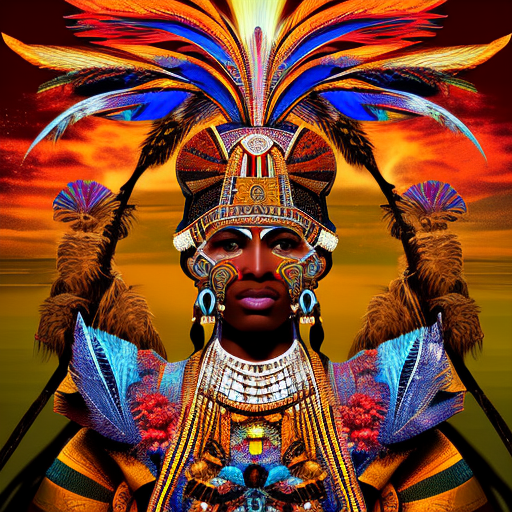One-line summary:
1491: New Revelations of the Americas Before Columbus explores the rich and complex civilizations that thrived in the Americas before the arrival of Christopher Columbus.
The Americas before Columbus
In 1491: New Revelations of the Americas Before Columbus, author Charles C. Mann challenges the conventional narrative of a sparsely populated, pristine wilderness in the Americas prior to European colonization. Drawing on a wide range of scientific and historical research, Mann presents a compelling argument that the pre-Columbian Americas were teeming with diverse, advanced civilizations that shaped the land and had a profound impact on the world.
Mann begins by dispelling the myth of the “Noble Savage” and the notion that indigenous peoples were primitive or backward. He highlights the achievements of societies such as the Maya, Aztecs, and Incas, who built impressive cities, developed sophisticated agricultural systems, and created complex social and political structures. These civilizations were not isolated, but rather part of extensive networks of trade, communication, and cultural exchange.
The impact of disease and conquest
Mann also examines the devastating impact of European diseases on the indigenous populations. He argues that diseases such as smallpox, brought by the Spanish conquistadors, decimated the native peoples, leading to the collapse of entire civilizations. This demographic catastrophe, combined with the brutal conquest and exploitation by European powers, reshaped the Americas and forever altered the course of history.
The author explores the ecological impact of the arrival of Europeans, highlighting how the introduction of new plants, animals, and diseases transformed the landscape. The Columbian Exchange, as it came to be known, had far-reaching consequences, both positive and negative. While it brought new crops, such as potatoes and maize, to Europe, it also resulted in the displacement and extinction of native species and the destruction of ecosystems.
Revisiting history
1491 challenges readers to reevaluate their understanding of the Americas before Columbus. It reveals a vibrant and complex tapestry of civilizations that were far from primitive or static. The book encourages us to appreciate the ingenuity and resilience of indigenous peoples and to recognize the profound impact they had on the world.
Key takeaways from 1491: New Revelations of the Americas Before Columbus include:
- The pre-Columbian Americas were home to advanced civilizations with complex social, political, and economic systems.
- European diseases brought by the conquistadors caused a demographic catastrophe, leading to the collapse of indigenous societies.
- The Columbian Exchange, while bringing new crops and resources, also resulted in ecological disruption and the displacement of native species.
“The past is not dead. Indeed, it is not even past.” – Charles C. Mann
In conclusion, 1491: New Revelations of the Americas Before Columbus challenges the traditional narrative of the Americas as a pristine wilderness, revealing a rich tapestry of advanced civilizations. It sheds light on the profound impact of European colonization and the importance of recognizing the contributions and resilience of indigenous peoples.












